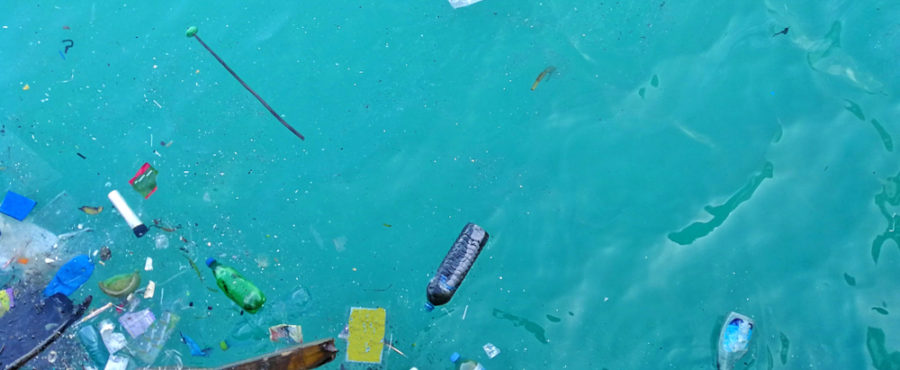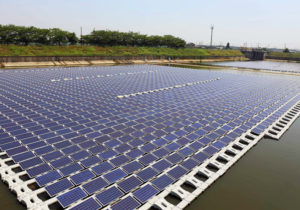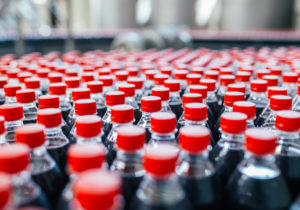
Oceans are polluted by plastics much more heavily than previously considered. Contamination levels exceeding all expectations have recently been discovered even in the Mariana Trench[1].
Area of research and first conclusions
Scientists have searched through the depths of the Mariana Trench in the western Pacific Ocean, near Challenger Deep, which is the lowest known spot of the earth. Even there did they find microplastics – pieces of various plastics, smaller than 5 milometers.
Microplastics are usually microfibres of synthetic fabrics, plastic granules used for manufacturing plastic products or plastic components added in cosmetic products. This category also includes plastic fibres from decomposition of plastic products, such as PET bottles[2].
“Plastics contaminate the most distant and deepest spots of the planet”, said the Chinese researchers. They conclude that the hadal zone (ultra-abyssal – the deepest zone of the oceans, starting at 6,000 metres, including mainly oceanic trenches[3]) is likely one of the largest sinks for microplastic debris on Earth, with unknown but potentially damaging impacts on this fragile ecosystem.”
Scientists from the Institute of Deep Sea Science and Engineering in Hainan, China collected water and sediment samples from the depth of 2,500 to 11,000 metres. The analysis the conclusions of which were published in the Geochemical Perspectives Letters magazine had revealed that microplastics contamination increases while the depth descends. At the Mariana Trench bottom, the researchers found 2,200 pieces per litre in sediments and 13 pieces per litre in water on average.
Microplastics threaten not only oceans
Other recent studies have revealed that the impact of microplastics on humans is much more harmful than originally presumed. Microplastic particles were found in Swiss mountains, arctic ice, tap water and human faeces.
Most of the microplastics found were fibres of several millimetres in size, coming most likely from clothes, bottles and plastic packaging materials. The most frequently found material was polyester and the most common pollutant was polyethylene terephthalate (PET).
[1] https://www.theguardian.com/environment/2018/dec/20/plastic-pollution-mariana-trench-deepest-point-ocean
[2] https://en.wikipedia.org/wiki/Microplastics
[3] https://en.wikipedia.org/wiki/Hadal_zone




